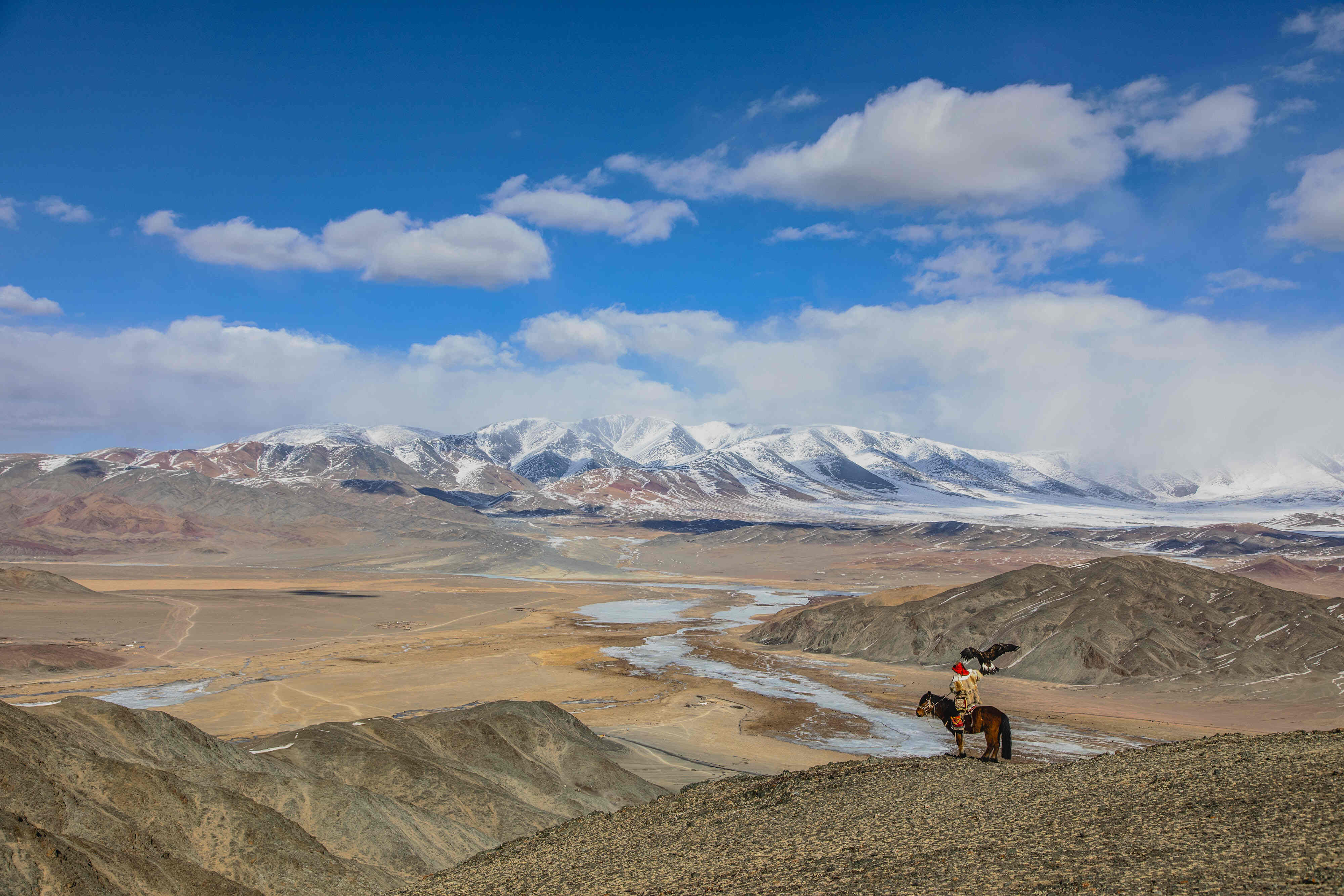The Mongolians are nomads so their foods are directly related to animal husbandry, such as cattle, horses, camels, yaks, sheep, and goats, as well as game. They take most of their protein-intake from meat, either cooked, as soups or steamed, boiled or fried as buuz, khuushuur and bansh, which is conducive for them to withstand the cold weather and physical work since in winter temperatures drops as low as −50 °C and outdoor routine requires sufficient energy. Milk and cream are used to make a variety of beverages, including hard drinks, as well as cheese and similar products. Their common food is cooked mutton, usually with side dishes of vegetables and flour products. The steamed dumplings called buuz, are filled with mutton. Other types of dumplings are boiled in water called bansh, or deep-fried in edible oil named huushuur, similar to samosa. Other dishes combine the meat with rice or fresh noodles made into various choemen-tsuivan stews or noodle soups. In summer time they take mostly dairy products and vegetarian food. Mongolian tea is really distinct and delicious, and one ought to taste it. It is something like a main dish. However, you will find dozens of Indian restaurants, including the South Indian variety as well.

